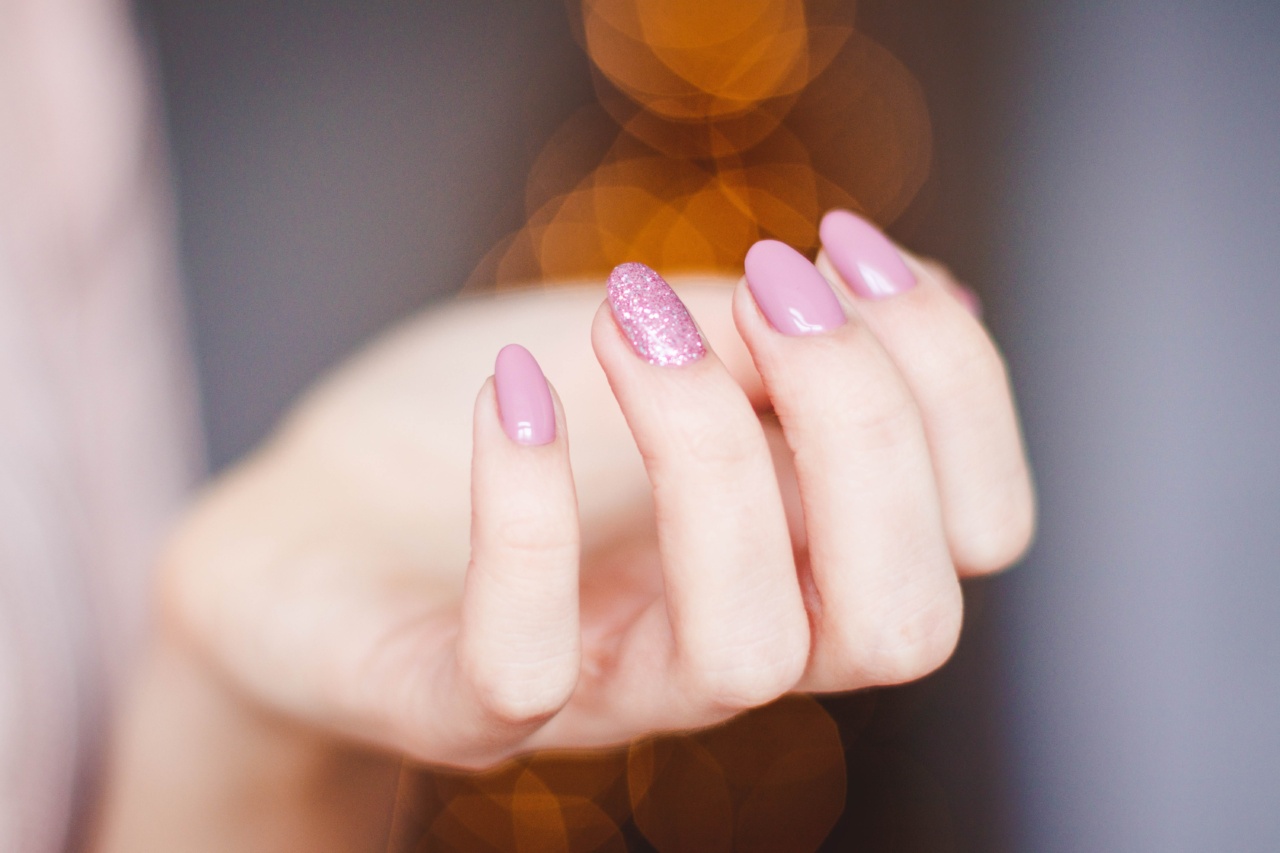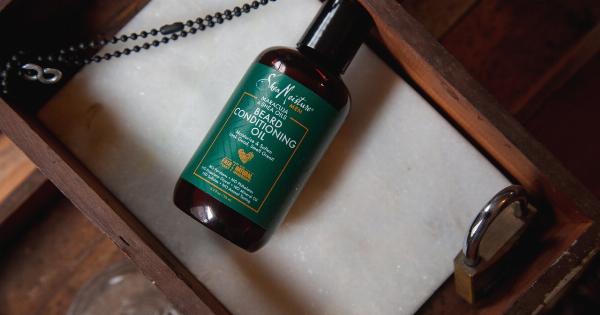Your nails are made up of a protein called keratin and act as shields to your fingertips and toes. They help you grasp objects, scratch an itch, or even defend yourself in a situation, but they also serve as an indicator of your well-being.
Nail Diseases and Your Health
A healthy nail should appear pinkish, with smooth texture and curved shape, but the sudden color changes, irregular growth, or texture variation of your nails may represent underlying health issues, which require proper diagnosis and treatment.
Nail diseases can occur due to age factor, infection, genetics, certain conditions, or lifestyle habits.
Types of Nail Diseases and Symptoms
1. Fungal Nail Infection
Fungal nail infection, also known as Onychomycosis, is a common nail disease caused by fungus growth under the nail. The symptoms include thickened and brittle nails that may turn yellow, green, or black in color and emit a foul odor.
Fungal infection is more likely to occur in toenails than on fingernails, and it can spread from one nail to another if neglected properly.
2. Psoriasis
Psoriasis is a chronic autoimmune condition that affects the skin’s cells and appears as scaly patches with redness on the nails and fingers.
When the nails are infected with psoriasis, they may develop pits, ridges, and split along with the discoloration and crumbly texture.
3. Alopecia Areata
Alopecia areata is an autoimmune disorder that occurs due to hair loss, including the hair on the nails. This condition can cause irregular and patchy hair loss on the scalp or anywhere on the body.
In some cases, it can cause fingernail and toenail loss, thinning, and discoloration.
4. Beau’s lines
Beau’s lines refer to horizontal lines that appear across the nails and indicate damage or disruption to the nail growth. This can happen due to malnutrition, trauma, chemotherapy, or even a high fever.
The lines may disappear on their own after the nail grows out, but if they persist, a doctor’s help may be necessary.
5. Ingrown Nail
An ingrown nail occurs when the nail grows into the skin surrounding the nail bed. It can cause swelling, tenderness, and redness and may lead to infection if not treated promptly.
Health Benefits of Nails
Your nails do more than look pretty and keep your fingers and toes safe. Your nails also provide some health benefits. Here are a few:.
1. Protection
Your nails protect your fingertips and toes from injuries. The nails act as an outer layer to the sensitive nerves and blood vessels that run beneath them. Without nails, our fingers and toes would be easily susceptible to injuries and infections.
2. Indicate Health Issues
Your nail’s texture, color, and growth rate can reveal health issues and help in early diagnosis. For instance, yellow nails may indicate a fungal infection while blue nails may be due to lack of oxygen.
Additionally, deep grooves on the nails known as Beau’s lines, can indicate crohn’s disease.
3. Support Grip and Dexterity
Have you ever tried to hold and handle small objects, buttons, or typing without nails? It’s difficult. Nails help in the precision of activities by providing a natural grip and tactile sense that enhances usability and productivity.
4. Self-Care
Our nails require regular maintenance, and caring for them can help relive stress, promote good hygiene, and treat nail problems. Manicures or pedicures stimulate blood circulation, healing, and relaxation.
Conclusion
Nails are an essential part of our body that often goes unnoticed, yet signify our health and well-being.
Proper nail care, including diet, hygiene, and regular medical attention, can prevent and treat nail problems, revealing to us the benefits of healthy nails.























